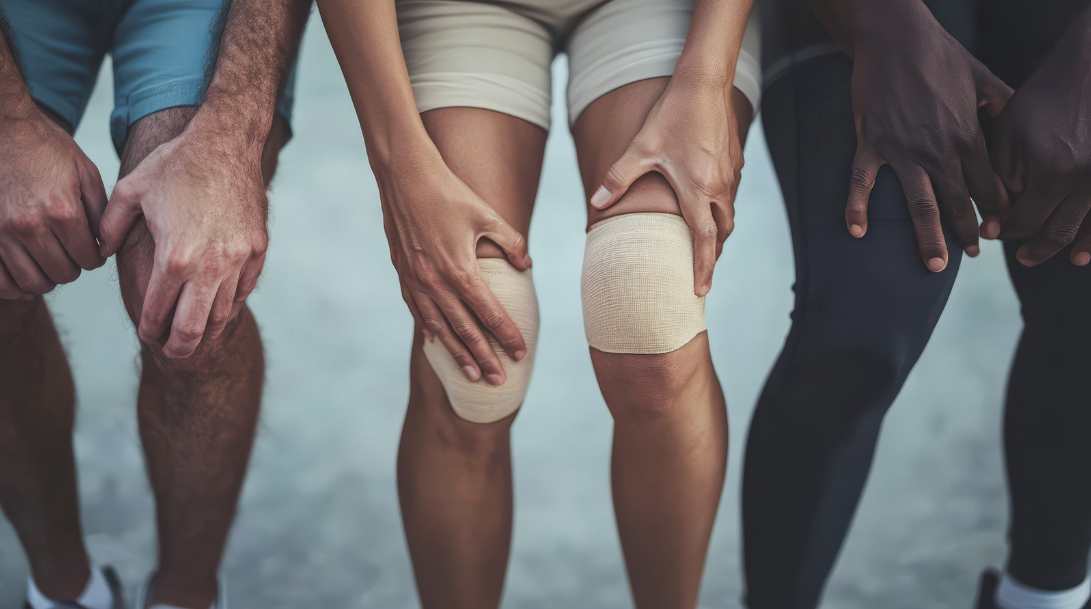By Annie Bélanger
•
September 18, 2025
September 2025 marks not only the return to school, but also the start of a new sports season. Whether it’s a training camp, a marathon, or a triathlon, many individuals fully commit to their goals. The body is pushed to its limits—sometimes beyond them. The result: injuries. Why Do Sports Injuries Happen? Most often, they are linked to: A rapid increase in training intensity. Inadequate recovery: insufficient sleep, lack of rest days, absence of stretching. Overexertion during a challenge or competitive training (marathon, XMan Race, CrossFit, etc.). The Most Common Injuries The Knee Patellofemoral pain syndrome: pain around the kneecap, common among long-distance runners. Anterior cruciate ligament (ACL) injury: often occurs during sudden pivots, rapid changes of direction, jumps, or abrupt stops. Shin splints (medial tibial stress syndrome): pain along the shin, frequently associated with a rapid increase in distance or workload. The Ankle Achilles tendinitis: common in runners and endurance athletes (basketball, volleyball, soccer). Muscles and Bones Muscle strains/tears: occur during high-intensity efforts, sprints, or explosive movements. Stress fractures: caused by repetitive overload, often affecting the tibia or foot. The Role of Biomechanics Injuries are not only the result of training intensity or overexertion. They may also be influenced by the body’s natural biomechanics, such as: Flat feet or excessively high arches. Muscle stiffness or, conversely, hyperlaxity. Poor joint alignment. Weakness in key muscle chains (core, glutes, stabilizers). Deficient or excessive mobility. Solutions: Stimulating and Strengthening the Body The good news? There are effective strategies to prevent injuries—or to optimize recovery when they do occur—particularly through muscle stimulation and targeted training: Strengthening exercises : building strength and endurance, correcting instability by activating the right muscle groups. Motor relearning : enhancing muscular control and joint stability. Capacity optimization : correcting imbalances, progressing through rehabilitation, and unlocking the body’s full potential. Key takeaway: a well-prepared, balanced, and rested body performs better—and is less prone to injury.









